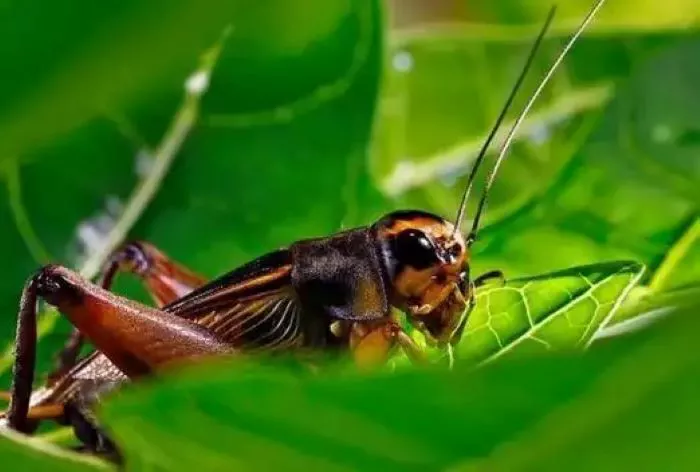Aphids are common pests that can affect the health and beauty of rose plants. These small insects feed on the sap of roses, leading to various problems, including stunted growth and reduced flowering. Knowing when to spray roses for aphids is crucial for effective management. This article provides a detailed guide on identifying aphid infestations, understanding their life cycle, and determining the best times to apply treatments.
Identifying Aphids on Roses
Aphids are small, soft-bodied insects that can be green, black, or yellow. They typically cluster on new growth, buds, and the undersides of leaves. Signs of aphid infestations include:
- Distorted or curled leaves
- Sticky residue on leaves and flowers, known as honeydew
- Presence of sooty mold, which can develop on honeydew
- Ants, which are often attracted to the honeydew produced by aphids
Regular inspections of your roses will help you catch aphid populations early.
Understanding the Life Cycle of Aphids
Aphids reproduce quickly, making it essential to understand their life cycle. Most aphids can reproduce asexually, giving birth to live young without mating. This rapid reproduction means that a small number of aphids can quickly turn into a large infestation.
Aphids thrive in warm weather, typically becoming active in spring. They can continue to reproduce throughout the summer, leading to multiple generations in a single season. As temperatures cool in the fall, some aphids will develop wings and migrate to new plants to survive the winter.
When to Monitor for Aphids
Monitoring your roses for aphids should begin in early spring as new growth emerges. This is when aphids are most likely to appear. Check your roses regularly, especially during warm spells. Look for signs of aphids on tender new shoots and flower buds.
In addition to spring, keep an eye on your roses throughout the summer. Aphid populations can explode during warm weather, especially if plants are stressed from drought or nutrient deficiencies.
When to Spray for Aphids
Timing is critical when it comes to spraying roses for aphids. Here are key moments when you should consider applying treatments:
Early Infestation: If you notice a few aphids on your roses, it is best to act quickly. Early intervention can prevent a small problem from becoming a larger infestation.
Population Threshold: If you observe a significant number of aphids, particularly on new growth, it is time to spray. A general guideline is to spray when you see more than five aphids per leaf.
Before Flowering: If you expect to have blooms, it is essential to control aphids before flowering begins. Aphids can damage buds and flowers, affecting their quality.
After Rain: Heavy rain can wash away some aphids, but it can also create a favorable environment for new infestations. After rain, check your roses and be prepared to spray if you see aphids returning.
During High Temperatures: Aphids thrive in warm weather. If temperatures rise significantly, monitor your roses closely. High temperatures can lead to rapid population growth.
Choosing the Right Treatment
When it is time to spray for aphids, selecting the right treatment is essential. Here are some options:
Insecticidal Soap: This is a safe and effective option for controlling aphids. It works by suffocating the insects. Apply it in the early morning or late evening to avoid harming beneficial insects.
Neem Oil: This natural pesticide disrupts the life cycle of aphids and can help control their populations. It is also safe for beneficial insects when applied correctly.
Horticultural Oil: Similar to insecticidal soap, horticultural oil suffocates aphids. Ensure thorough coverage of the plants for the best results.
Chemical Insecticides: If the infestation is severe, you may need to use a chemical insecticide. Choose a product labeled for use on roses and follow the instructions carefully. Be cautious, as chemical treatments can harm beneficial insects.
Application Tips
When applying any treatment for aphids, keep these tips in mind:
- Spray early in the morning or late in the evening to minimize the impact on beneficial insects.
- Ensure thorough coverage of both the tops and undersides of leaves, as aphids often hide there.
- Repeat treatments as necessary, following the product instructions for timing and frequency.
- Monitor your roses after treatment to assess the effectiveness and check for any returning aphids.
Preventing Future Infestations
After controlling aphids, take steps to prevent future infestations. Here are some strategies:
Encourage Beneficial Insects: Ladybugs and lacewings feed on aphids. Planting flowers that attract these beneficial insects can help keep aphid populations in check.
Maintain Plant Health: Healthy roses are less susceptible to pests. Ensure your plants receive adequate water, nutrients, and sunlight.
Regular Monitoring: Continue to check your roses regularly for any signs of aphids or other pests. Early detection is key to managing infestations effectively.
Proper Pruning: Remove any heavily infested plant parts to reduce the overall population and improve air circulation.
Conclusion
Knowing when to spray roses for aphids is essential for maintaining healthy plants. Early detection and intervention can prevent small infestations from becoming larger problems. By understanding the life cycle of aphids and monitoring your roses regularly, you can take timely action. Choose appropriate treatments and apply them carefully to protect your roses while minimizing harm to beneficial insects. With proper care and management, your roses can thrive despite the challenges posed by aphids.


